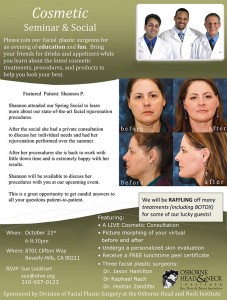- Hereditary Hemorrhagic Telangiectasia - May 25, 2016
- Hereditary Hemorrhagic Telangiectasia: Septal Perforation and Nose Bleeds - May 23, 2016
- Hereditary Hemorrhagic Telangiectasia: Epistaxis and Septal Perforation - May 18, 2016
- Wegener’s Granulomatosis: Autoimmune Disease and Multi-Focal Septal Perforation - May 9, 2016
- Kyle Korver: Facial Injury and Nasal Fracture - March 24, 2015
- Russell Westbrook: Facial Injury and Surgery - March 5, 2015
- Mega-perforation: Pushing the Limits of Septal Perforation Repair - November 26, 2014
- Septoplasty Complication and Septal Perforation - November 24, 2014
- Nose Picking (Rhinotillexis) and Septal Perforations: Why I should stop picking my nose…? - November 24, 2014
- Nasal Fractures, Septal Hematoma, and Septal Perforation: Simultaneous Rhinoplasty and Septal Perforation Repair - October 1, 2014
Nasal Septum Repair/Septal Perforation Surgery/Rhinoplasty
CLINICAL CHALLENGE
The nose is the most commonly injured facial bone. A fractured nose must be evaluated immediately for the presence of a septal hematoma (a large blot clot involving the nasal septum). If not drained promptly a septal hematoma may lead to infection, septal perforation, and long-term nasal deformity. If a perforation has developed a corrective functional rhinoplasty and septal perforation repair must be performed simultaneously to yield the best clinical outcomes.
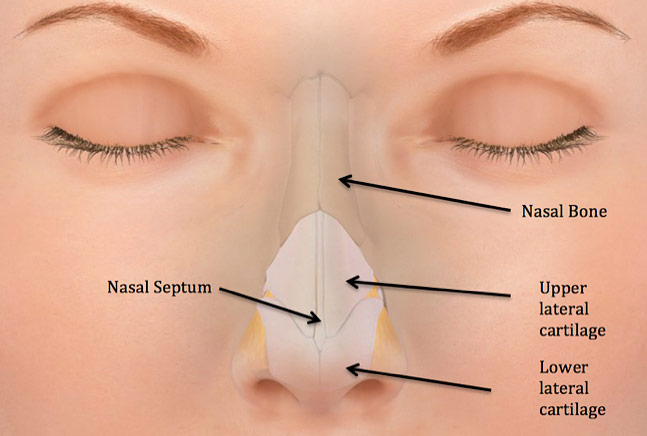
PROCEDURE OVERVIEW
Septal perforations may be approached via an open rhinoplasty approach facilitating septal perforation repair and functional rhinoplasty concomitantly. The septal perforation is repaired first and then the nose is reconstructed to the desired cosmetic result.
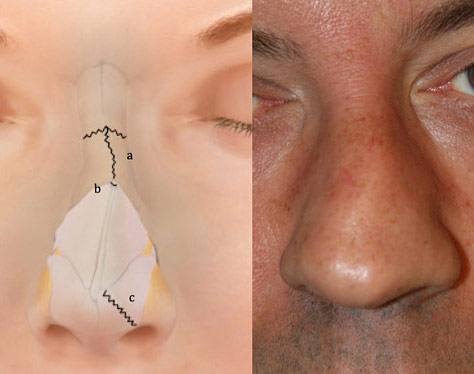
SURGICAL CONSIDERATIONS
Septal perforation repair via a standard open rhinoplasty approach with primary mucosal advancement flaps for repair tends to decrease projection and increase rotation of the nasal tip. In cases where there is severe ptosis(drooping) of the nasal tip this may be a desirable outcome in correcting the ptotic nose.
CLINICAL RESULTS
Rhinoplasty and septal perforation repair performed simultaneously provides the patient with the best clinical outcome and avoids unnecessary anesthesia and the compounded risk of multiple nasal surgeries.
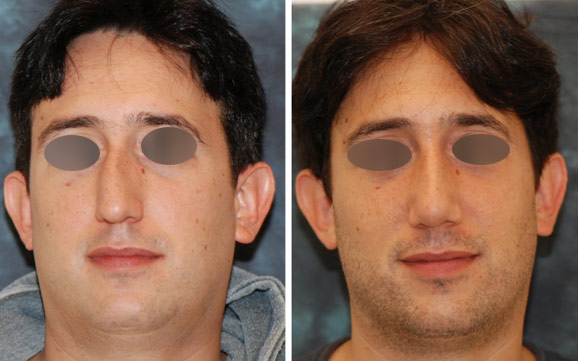
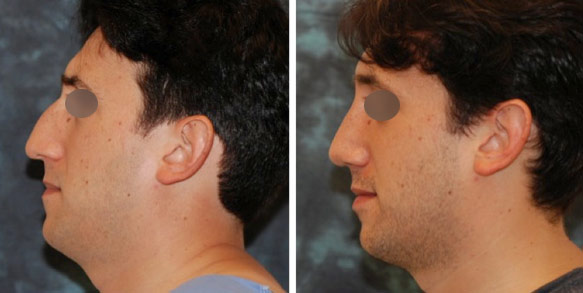
SURGEON COMMENTS
Dr. Jason Hamilton is the Director of Plastic and Reconstructive Surgery for the Osborne Head and Neck Institute. Dr. Hamilton is double board certified by the American Board of Facial Plastic and Reconstructive Surgery and the American Board of Otolaryngology/Head and Neck Surgery and is one of only a handful of septal perforation specialists worldwide.
For more information on the deviated septum, septoplasty, functional rhinoplasty and septal perforation repair by Dr. Jason Hamilton, septal perforation specialist, please contact the Osborne Head and Neck Institute or visit www.perforatedseptum.com.
Click here to download article PDF


